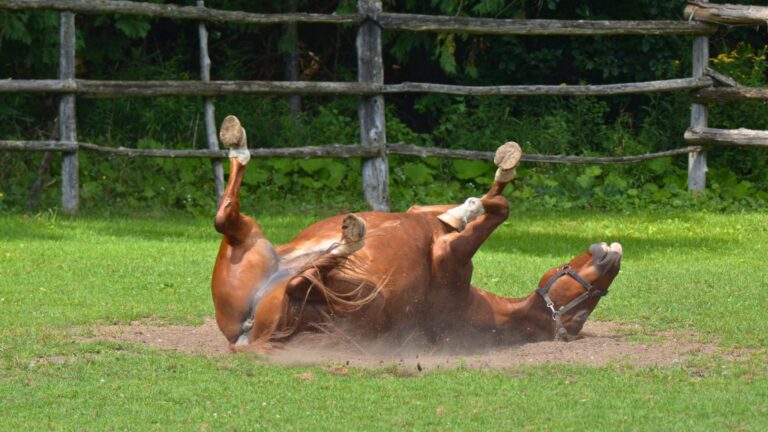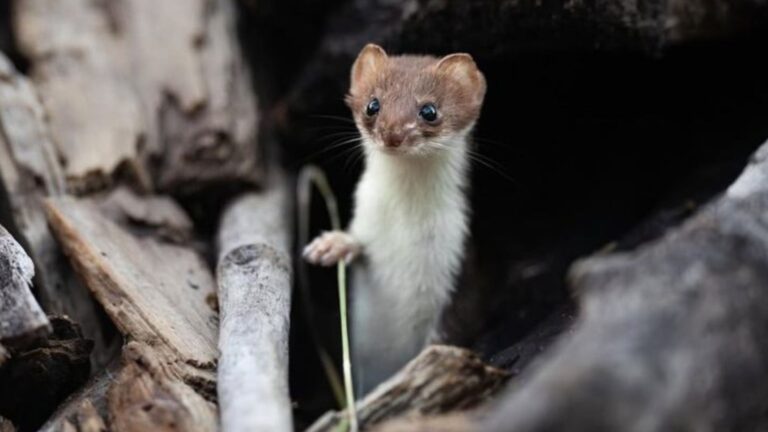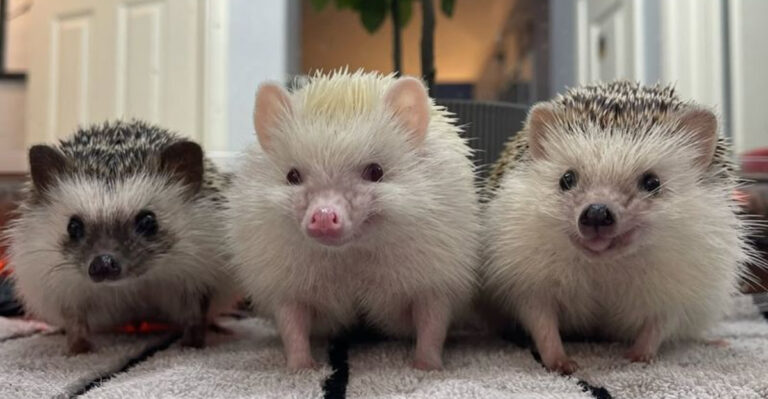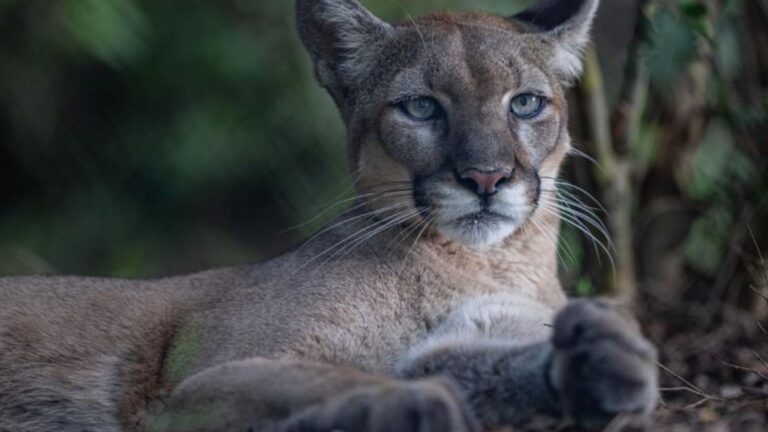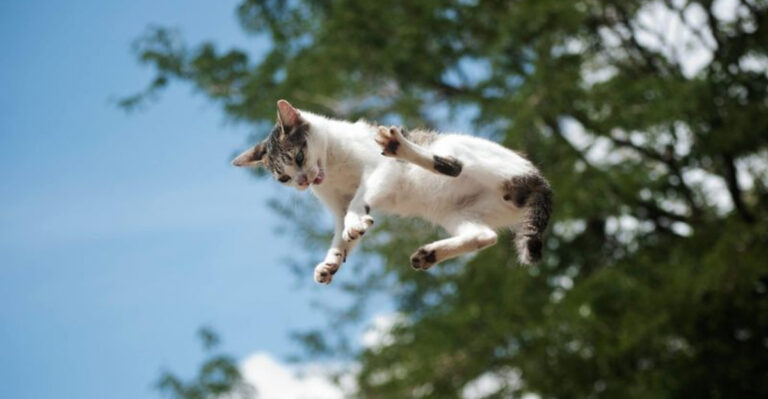15 Endangered Species You Should Know About This Endangered Species Day
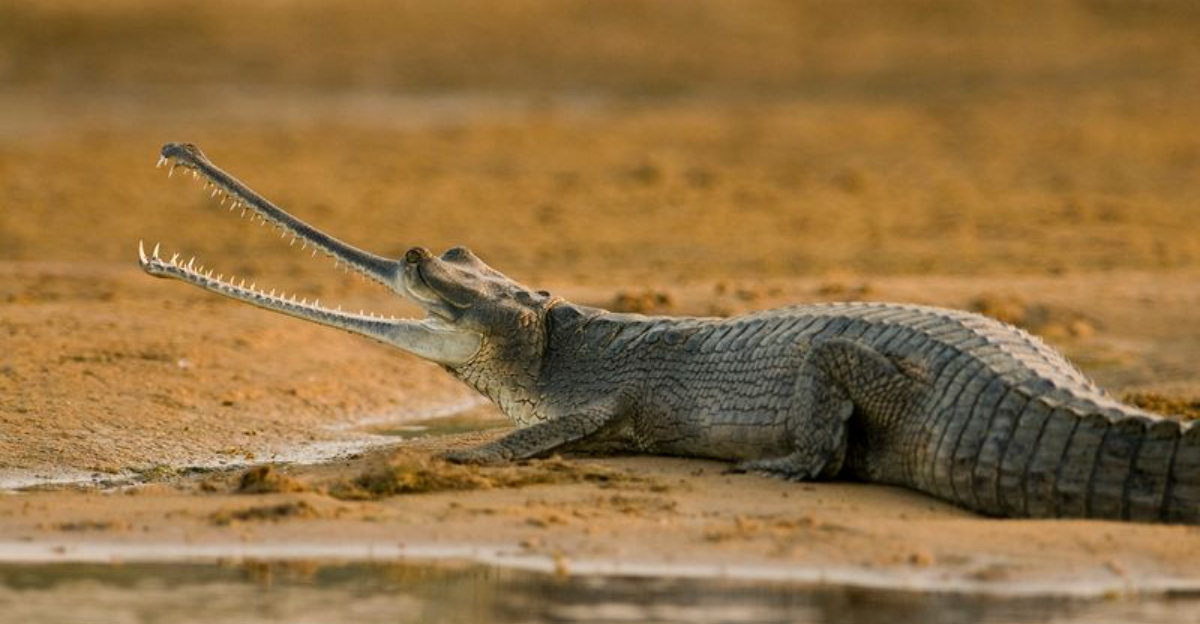
Our planet’s wildlife faces unprecedented threats, with thousands of species at risk of extinction. Endangered Species Day reminds us of our responsibility to protect these vulnerable creatures and their habitats.
Understanding which animals are most at risk is the first step toward making a difference in their survival.
1. Mountain Gorillas: Gentle Giants Hanging On
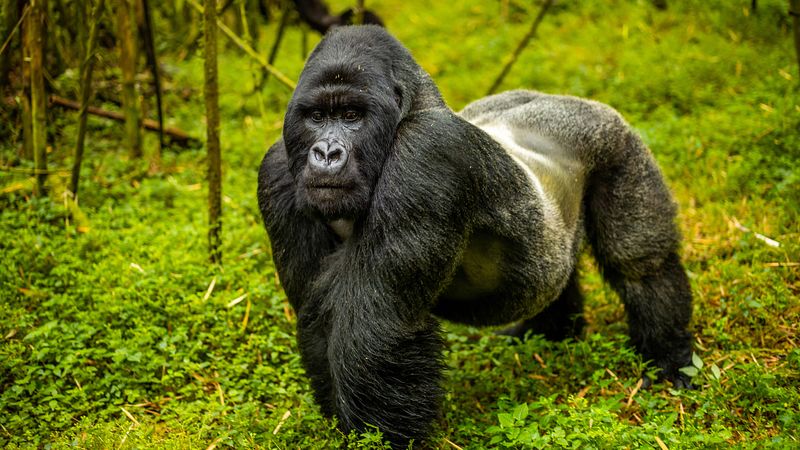
Imagine meeting eyes with a creature sharing 98% of your DNA! Mountain gorillas, once down to just 250 individuals, have slowly rebounded thanks to conservation efforts.
These knuckle-walking forest dwellers live in family groups led by a silverback male. Despite recent population growth, they remain threatened by habitat loss and poaching.
2. Amur Leopard: The World’s Rarest Big Cat
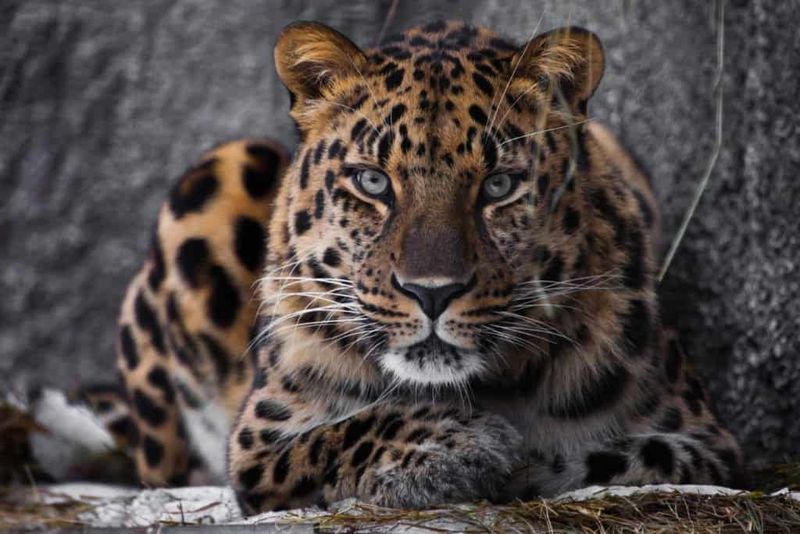
Surviving brutal Russian winters in camouflage coats, fewer than 100 Amur leopards remain in the wild. Each cat’s spot pattern is as unique as your fingerprints!
Masters of stealth, these cats can leap 19 feet horizontally and 10 feet vertically. Poaching for their beautiful fur and traditional medicines has devastated their numbers.
3. Vaquita: The Porpoise On The Brink
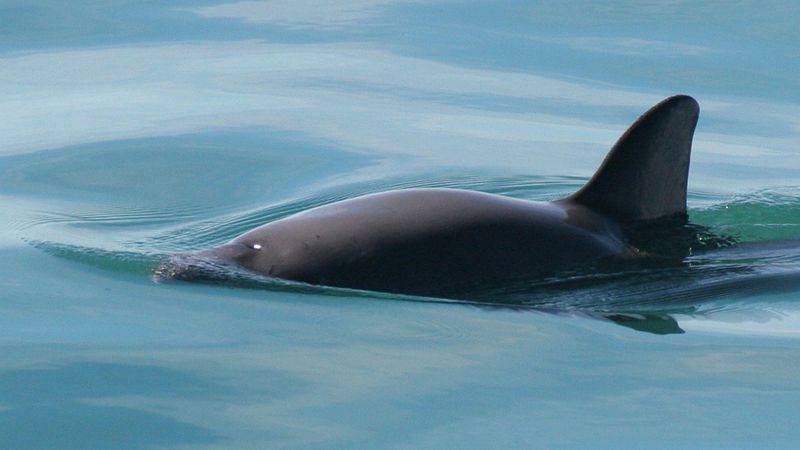
Smaller than your bathtub, these mini-porpoises could vanish before most people ever learn they exist. With fewer than 10 remaining, vaquitas are Earth’s most endangered marine mammal.
Found only in Mexico’s Gulf of California, these shy creatures with raccoon-like eye patches fall victim to illegal fishing nets. Their extinction seems almost inevitable without immediate action.
4. Javan Rhino: Last Stand Of A Living Fossil
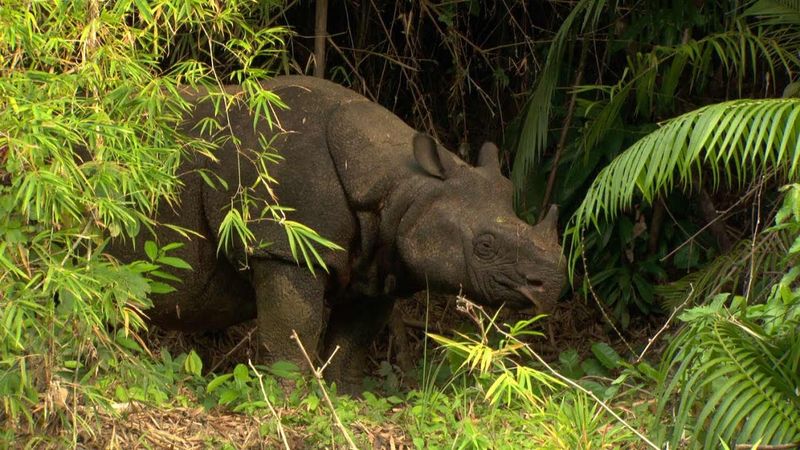
What has armored skin, a single horn, and fewer members than your average high school classroom? The Javan rhino, with only 75 individuals left on Earth.
These solitary forest-dwellers hide in Indonesia’s Ujung Kulon National Park. Unlike their African cousins, they’re shy browsers who prefer dense jungle. Habitat loss and poaching have pushed them to the edge.
5. Kakapo: The Flightless Parrot That Forgot To Fear
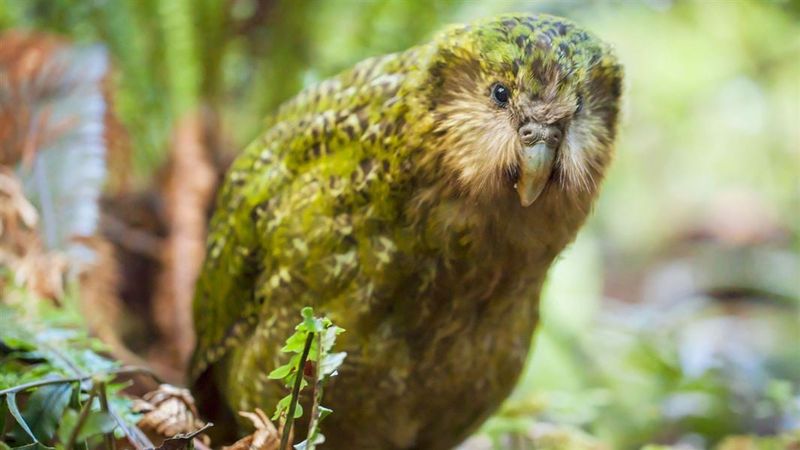
Ever met a chubby, moss-scented parrot that can’t fly but loves to climb? New Zealand’s kakapo evolved without mammalian predators, developing zero survival instincts against introduced cats and rats.
These nocturnal oddballs can live 90+ years but reproduce slowly. Conservation heroes have moved the remaining birds to predator-free islands, boosting numbers from 51 in 1995 to about 200 today.
6. Sumatran Orangutan: The Red-Haired Forest Engineers
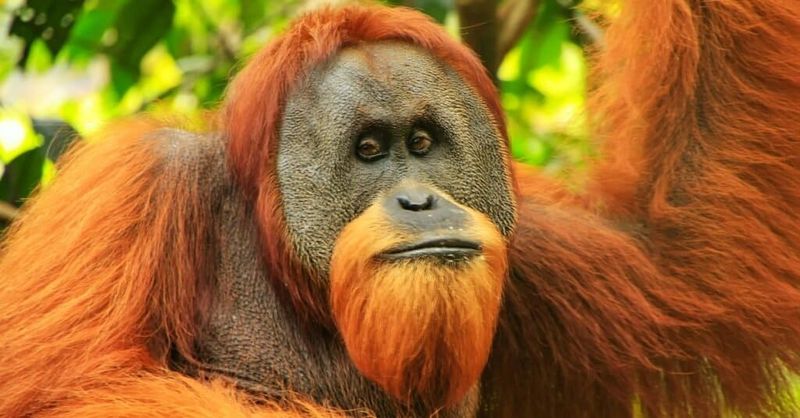
Observing Sumatran orangutans is like watching nature’s most creative problem-solvers in action. Known for crafting tools and building complex nests, they demonstrate remarkable intelligence and cultural knowledge passed down through generations.
Fewer than 14,000 remain, struggling to survive as their forest home vanishes each day. Palm oil plantations steadily replace their rainforest habitat, driving these red-haired apes closer to extinction.
7. Hawksbill Sea Turtle: Swimming Through Time
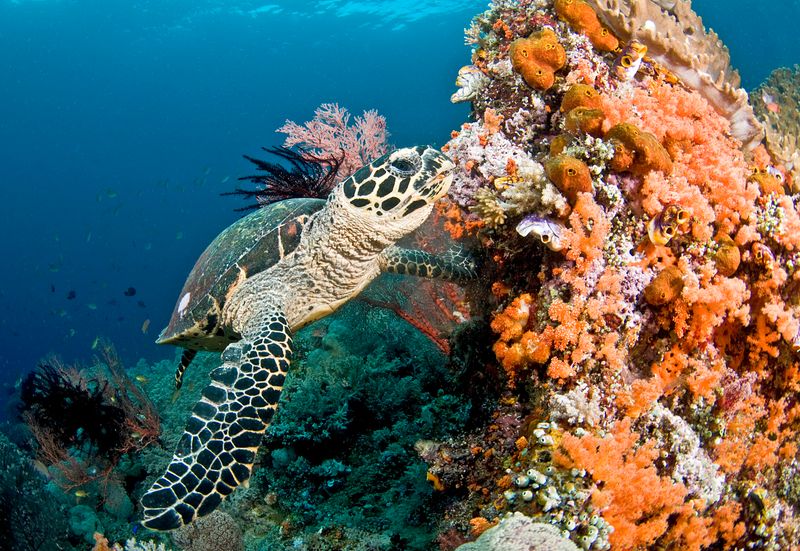
Gliding through oceans since dinosaurs roamed, hawksbill turtles sport stunning shell patterns that unfortunately make them targets. These ancient mariners face a 1-in-1,000 chance of surviving to adulthood.
Masters of coral reef ecosystems, they use pointed beaks to extract food from tight spaces. Hunted for their beautiful shells and threatened by fishing nets, climate change, and beach development, their future remains uncertain.
8. Saola: The Asian Unicorn’s Mysterious World
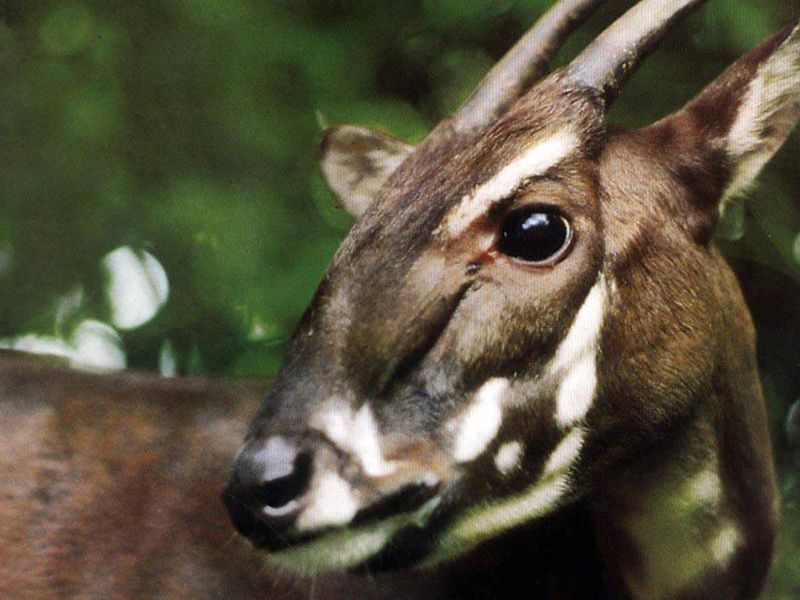
Discovered only in 1992, the saola is so elusive that scientists have never studied a live one in the wild! These forest antelopes with parallel horns inhabit the mountains between Vietnam and Laos.
Camera traps offer rare glimpses of these gentle creatures. Hunting, snares set for other animals, and habitat fragmentation threaten the estimated fewer than 100 remaining individuals.
9. Yangtze Finless Porpoise: China’s Smiling River Guardian
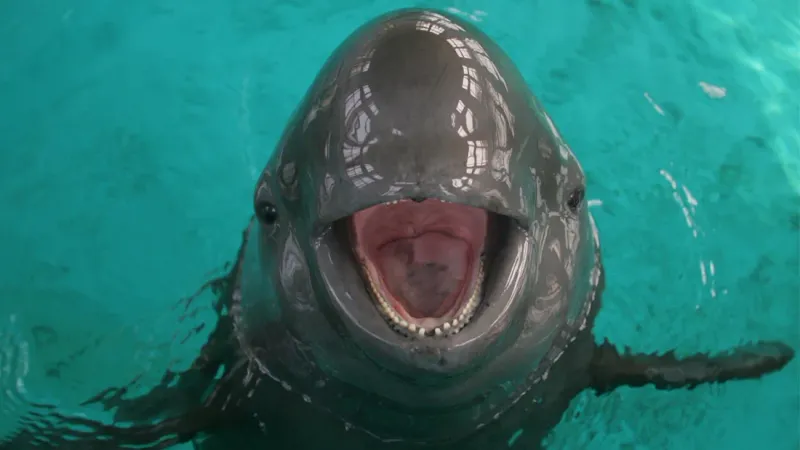
With a perpetual grin and no dorsal fin, these river dolphins navigate China’s murky Yangtze using sonar. Unlike their cousin the baiji dolphin (declared functionally extinct in 2006), they’ve adapted somewhat to human presence.
Pollution, dam construction, and boat traffic threaten the remaining 1,000 individuals. Conservation breeding programs offer hope, but their river home needs healing for them to truly recover.
10. Gharial: The Fish-Catching Crocodilian
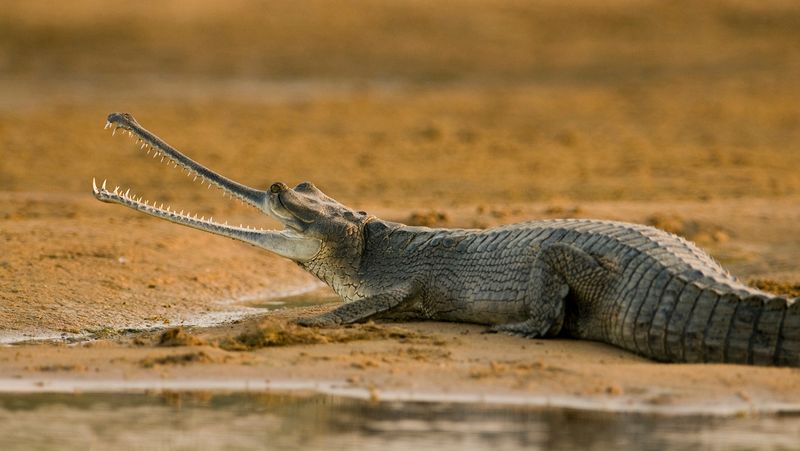
Sporting a bizarre pot-bellied snout that looks like a cooking pot (or ‘ghara’ in Hindi), gharials once thrived in rivers across the Indian subcontinent. Today, fewer than 250 breeding adults remain in isolated pockets.
These harmless fish-eaters can’t even close their thin jaws properly to bite humans. River pollution, sand mining, and fishing nets have devastated their populations despite conservation breeding efforts.
11. Northern White Rhino: Extinction’s Front Row
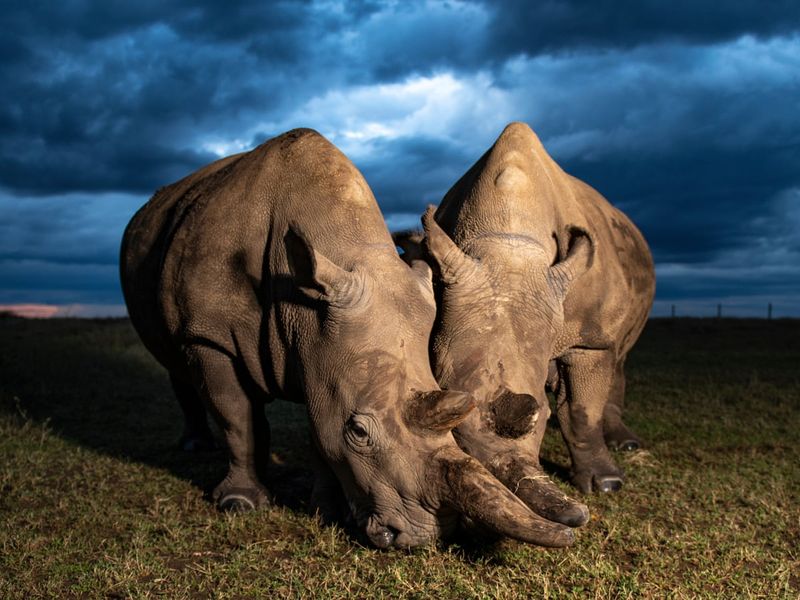
Two females. That’s all that remains of the northern white rhino subspecies. The last male, Sudan, died in 2018, leaving science scrambling for solutions through IVF and surrogate southern white rhinos.
Once roaming central Africa in herds, these massive grazers fell to poaching for their horns. Their story represents conservation’s ultimate nightmare – watching a magnificent species vanish despite our knowledge and technology.
12. Pangolin: The Walking Pinecone That Needs Protection
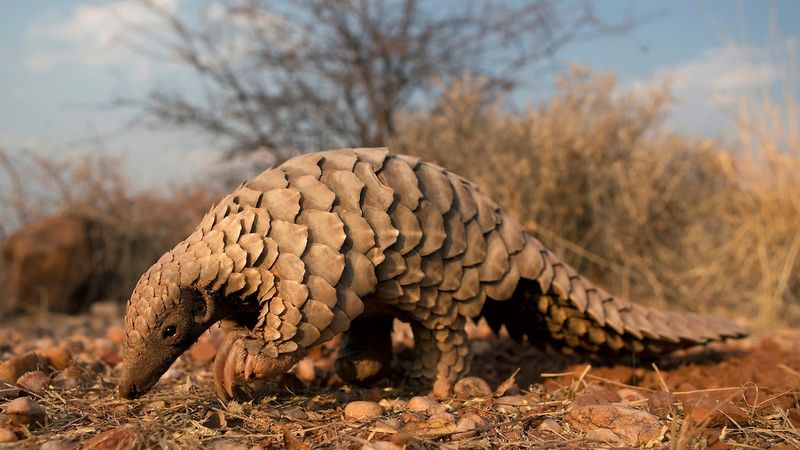
Covered in overlapping scales like medieval armor, pangolins curl into tight balls when threatened. Despite this defense, they’re the world’s most trafficked mammals – over one million taken from the wild in the past decade.
These nocturnal ant-eaters use sticky tongues longer than their bodies to slurp up insects. All eight species face extinction due to demand for their scales in traditional medicine and meat in luxury markets.
13. California Condor: Back From The Brink
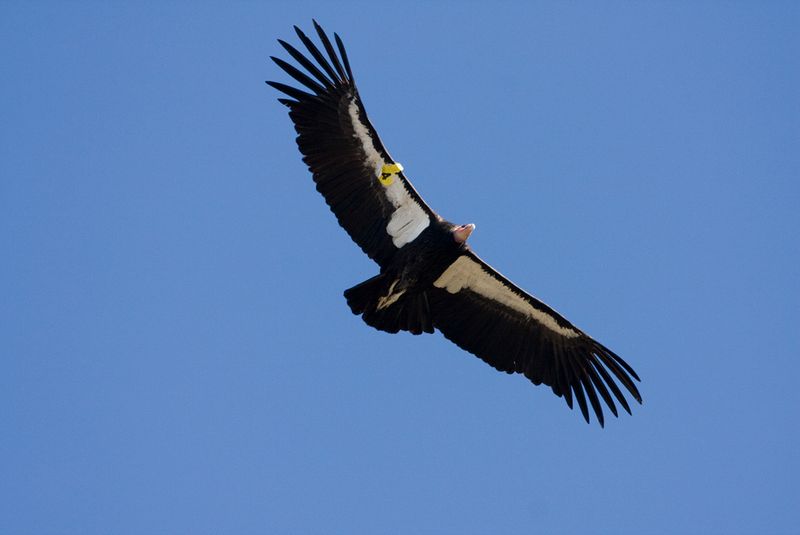
With a wingspan wider than your bedroom door, North America’s largest bird nearly disappeared forever. In 1987, all 22 remaining condors were captured for an emergency breeding program.
Today, over 300 soar free again, though they still face threats from lead poisoning when eating hunter-shot game. Their comeback represents one of conservation’s most dramatic success stories – proof that dedication can reverse extinction’s tide.
14. Axolotl: The Smiling Salamander That Never Grows Up
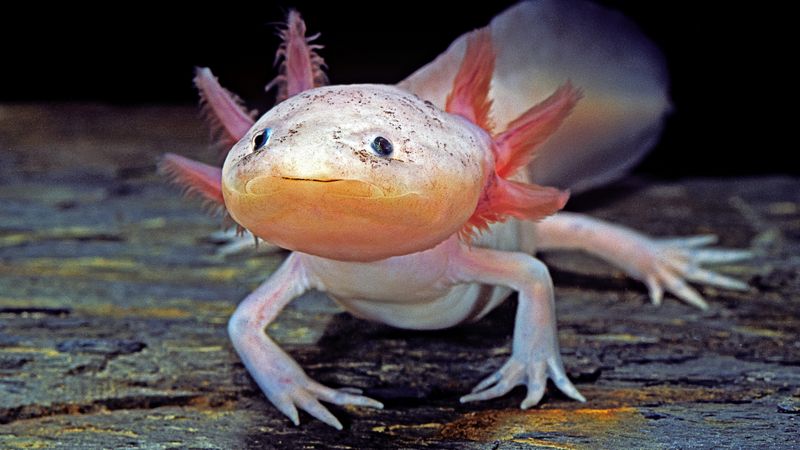
Straight from a fantasy novel, these perpetual teenagers keep their juvenile features throughout life! Axolotls regenerate entire limbs, spinal cords, and even portions of their brains when injured.
Native only to Mexico City’s Lake Xochimilco, wild populations have crashed from water pollution and urban development. Though millions exist in labs and aquariums worldwide, fewer than 1,000 remain in their natural habitat.
15. Cross River Gorilla: Africa’s Most Endangered Great Ape
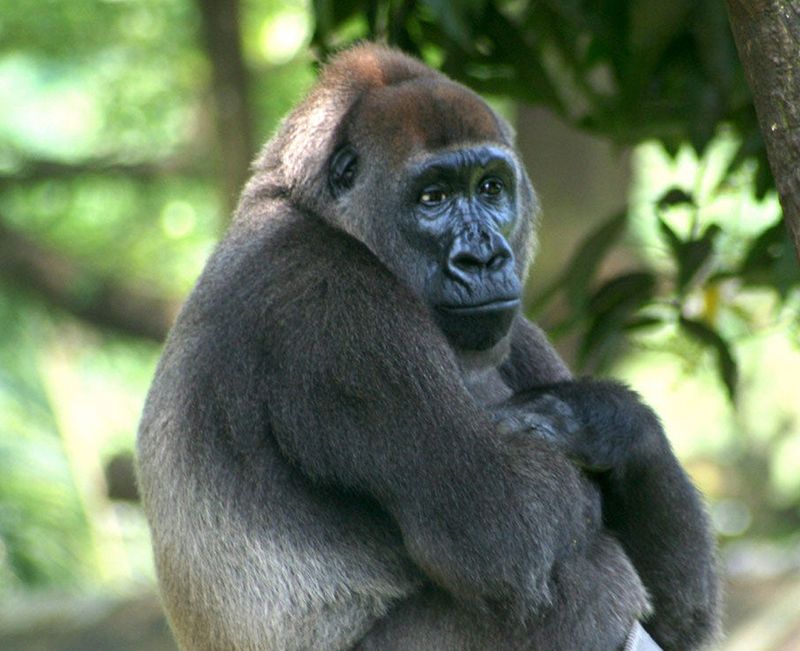
Hidden in the mist-shrouded mountains between Nigeria and Cameroon, fewer than 300 Cross River gorillas survive in fragmented forest patches. These shy cousins of the mountain gorilla avoid humans at all costs.
Hunting and forest clearing for agriculture threaten their existence. Conservation groups work with local communities to protect their habitat, while researchers rarely glimpse these elusive primates even after months of fieldwork.

